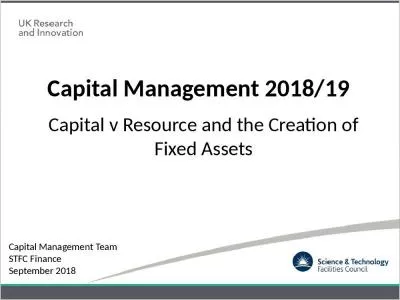PPT-BUA321 Chapter 9 Class notes Cost of capital
Author : alexa-scheidler | Published Date : 2016-08-03
httpwwwyoutubecomwatchfeatureplayerdetailpageampvJKJglPkAJ5o Financing Why do companies need money Describe the differences between the capital structure and the
Presentation Embed Code
Download Presentation
Download Presentation The PPT/PDF document "BUA321 Chapter 9 Class notes Cost of cap..." is the property of its rightful owner. Permission is granted to download and print the materials on this website for personal, non-commercial use only, and to display it on your personal computer provided you do not modify the materials and that you retain all copyright notices contained in the materials. By downloading content from our website, you accept the terms of this agreement.
BUA321 Chapter 9 Class notes Cost of capital: Transcript
Download Rules Of Document
"BUA321 Chapter 9 Class notes Cost of capital"The content belongs to its owner. You may download and print it for personal use, without modification, and keep all copyright notices. By downloading, you agree to these terms.
Related Documents

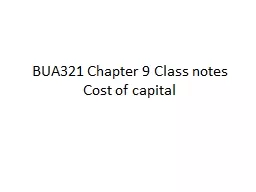



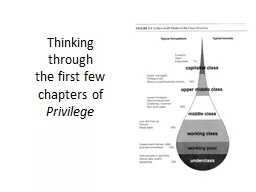
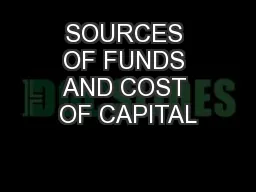

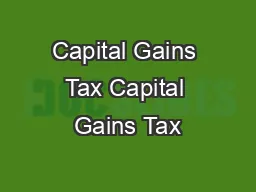
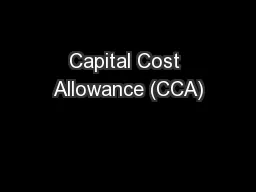
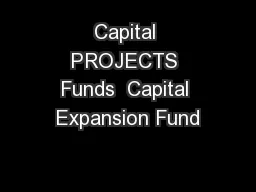
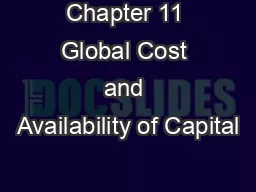
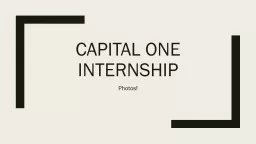
![[EPUB] - Sloth Cornell Notes Notebook: An 8.5 x 11 cornell notes notepad, cornell notes](https://thumbs.docslides.com/907355/epub-sloth-cornell-notes-notebook-an-8-5-x-11-cornell-notes-notepad-cornell-notes-pad-cornell-notes-book-note-taking-notebo.jpg)
